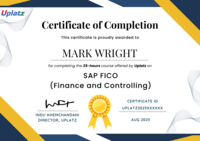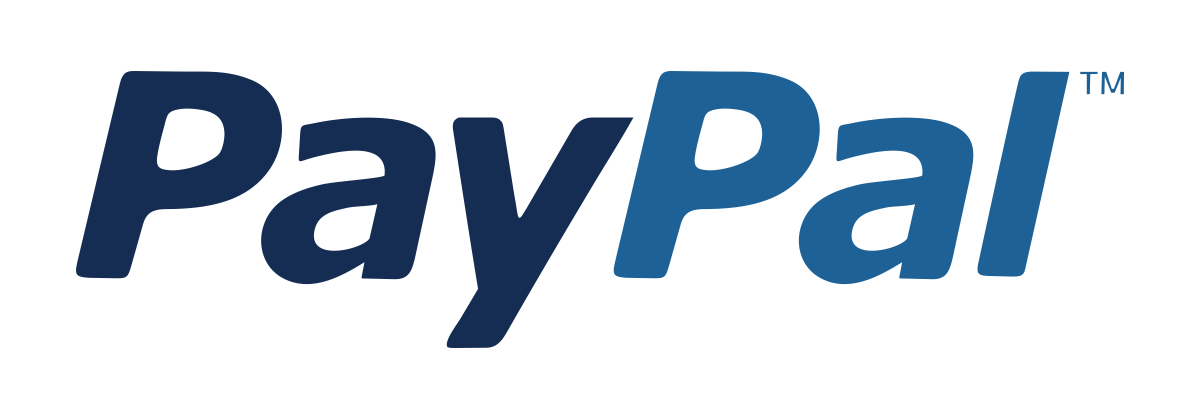Enterprise Architect Career Path
Strategically align business and IT with enterprise-level architecture for digital transformation and long-term organizational success Price Match Guarantee
Full Lifetime Access
Access on any Device
Technical Support
Secure Checkout
Course Completion Certificate
Price Match Guarantee
Full Lifetime Access
Access on any Device
Technical Support
Secure Checkout
Course Completion Certificate
 92% Started a new career
BUY THIS COURSE (
92% Started a new career
BUY THIS COURSE (USD 45 USD 139 )-
 88% Got a pay increase and promotion
88% Got a pay increase and promotion
Students also bought -
-

- Career Path - Entrepreneur
- 100 Hours
- USD 45
- 294 Learners
-

- Career Path - Product Manager
- 100 Hours
- USD 45
- 247 Learners
-

- Career Path - HR Manager
- 200 Hours
- USD 45
- 3932 Learners

Enterprise Architect Career Path – Self-Paced Online Course
Position yourself as a strategic leader in digital transformation with this self-paced course tailored for aspiring and current Enterprise Architects. Gain the knowledge and tools needed to design, govern, and manage enterprise-level IT architecture that aligns technology with business strategy.
This course offers a deep dive into frameworks like TOGAF®, business capability modeling, integration strategy, and enterprise IT governance. Learn how to build and maintain architecture blueprints, guide digital modernization efforts, and lead cross-functional technology initiatives.
Delivered via high-quality pre-recorded sessions, this course is ideal for solution architects, IT leaders, consultants, and senior engineers looking to transition into enterprise architecture roles and lead large-scale transformation.
Oops! No Video Subscriptions
By the end of this course, learners will be able to:
- Understand the core responsibilities and scope of an Enterprise Architect
- Develop enterprise-wide IT strategies aligned with business goals
- Use frameworks like TOGAF® for architectural modeling and governance
- Build architecture blueprints covering applications, data, security, and infrastructure
- Drive digital transformation initiatives, modernization, and cloud adoption
- Align stakeholders and lead cross-departmental collaboration
- Ensure compliance, IT governance, and risk mitigation
- Prepare for certifications and leadership roles in enterprise architecture
Syllabus:
- Introduction to Enterprise Architecture (EA)
- What is EA and why it matters
- Business value and impact of EA
- Roles and Responsibilities of an Enterprise Architect
- Strategic alignment between IT and business
- Collaborating with stakeholders and leadership
- EA Frameworks and Methodologies
- TOGAF®, Zachman, Gartner EA frameworks
- ADM phases, metamodels, and views
- Architecture Domains and Blueprints
- Application, Data, Technology, Business, and Security Architecture
- Creating and maintaining architecture artifacts
- Enterprise Integration & Interoperability
- Aligning IT systems across business units
- Service-oriented and microservices architecture
- Cloud Strategy and Modernization
- Cloud-native design principles
- Multi-cloud architecture and legacy transformation
- Digital Transformation Architecture
- Roadmapping and leading digital initiatives
- Enabling innovation through scalable IT
- EA Governance, Risk & Compliance
- Managing architecture review boards
- Ensuring regulatory and policy compliance
- Enterprise Architecture Tools & Technologies
- Tools: ArchiMate, Sparx EA, Bizzdesign, LeanIX
- Metrics and continuous improvement practices
- Career Roadmap & Certification Prep
- Building an EA portfolio and interview prep
- Pathways to roles like CDO, CTO, and Head of Architecture
Upon successful completion of this course, learners will receive a Course Completion Certificate from Uplatz, validating their proficiency in enterprise architecture, IT governance, and strategic alignment.
This Uplatz certification provides strong credentials for career advancement into leadership and architecture-focused roles across industries. It also helps learners prepare for global certifications such as TOGAF®, Certified Enterprise Architect, Zachman Framework, or vendor-specific architecture programs (AWS, Microsoft Azure, etc.).
The certification confirms your ability to lead enterprise-level digital initiatives, enabling you to transition into high-impact roles across business and IT landscapes.
Enterprise Architects are vital to strategic IT planning and long-term business transformation. Their ability to bridge business goals with technical execution makes them invaluable in large organizations and consulting firms.
Career Roles Include:
- Enterprise Architect
- Senior Enterprise Architect
- Chief Architect
- Head of IT Architecture
- Chief Technology Officer (CTO)
- Chief Digital Officer (CDO)
Industries Hiring Enterprise Architects:
Finance, telecom, healthcare, retail, government, energy, and global consulting firms.
Career Advancement Opportunities:
- Transition to roles like CTO, CDO, or CIO
- Lead enterprise-wide cloud and AI transformation projects
- Specialize in domains like cloud, security, or data architecture
- Launch a career in strategic IT consulting or advisory services
The transferable skills and strategic impact of an Enterprise Architect ensure job security, executive visibility, and long-term leadership potential.
1. What is the role of an Enterprise Architect?
An Enterprise Architect develops and manages IT strategies that align with business goals, creating architectural blueprints for scalable and sustainable systems.
2. What is TOGAF® and how is it used in EA?
TOGAF® is an enterprise architecture framework that provides a structured methodology (ADM) for planning, designing, and governing enterprise information systems.
3. How do you align IT with business strategy?
Through capability mapping, stakeholder engagement, business value analysis, and aligning IT investments with strategic objectives.
4. What are the key architecture domains in EA?
Business, Application, Data, Technology, and Security architecture.
5. How do you handle legacy system modernization?
By evaluating technical debt, building transformation roadmaps, migrating to cloud-native platforms, and integrating with modern systems.
6. What is the difference between EA and Solution Architecture?
EA focuses on enterprise-wide strategy and governance, while solution architects handle project-level implementations within the EA framework.
7. How do you ensure compliance in EA?
By establishing architecture review boards, enforcing policies, and aligning systems with regulations such as GDPR, HIPAA, and ISO standards.
8. What tools do Enterprise Architects use?
Popular tools include ArchiMate, Sparx EA, Bizzdesign, Orbus, LeanIX, and TOGAF modeling tools.
9. What challenges do EAs commonly face?
Stakeholder alignment, change resistance, integrating legacy systems, and balancing innovation with risk.
10. How does EA support digital transformation?
By aligning technology with transformation goals, defining digital roadmaps, and enabling scalable and flexible IT foundations.
1. Who should take this course?
Solution architects, IT managers, consultants, senior engineers, or professionals aspiring to become Enterprise Architects.
2. Is the course beginner-friendly?
It’s best suited for professionals with some technical or architectural experience. However, all concepts are explained from the ground up.
3. Is this course self-paced?
Yes, the course offers lifetime access to pre-recorded video sessions that can be completed at your own pace.
4. What certification will I get?
You will receive a Course Completion Certificate from Uplatz, validating your expertise in enterprise architecture.
5. Does this course prepare for TOGAF® certification?
Yes, the course lays a strong foundation for TOGAF® and other enterprise architecture certifications.
6. Are tools and frameworks included?
Yes, the course covers tools like ArchiMate, TOGAF ADM, and governance frameworks.
7. What if I want to specialize in a domain?
You can apply EA principles to domains like cloud, AI, security, or data architecture.
8. Will I build an EA portfolio in this course?
Yes, the course includes templates and real-world case exercises for portfolio development.
9. Can this course help me move into executive roles?
Absolutely. Many Enterprise Architects transition into roles like CTO, CIO, or CDO.
10. What support is available?
You’ll get expert guidance, community access, and resources for continuous learning.









